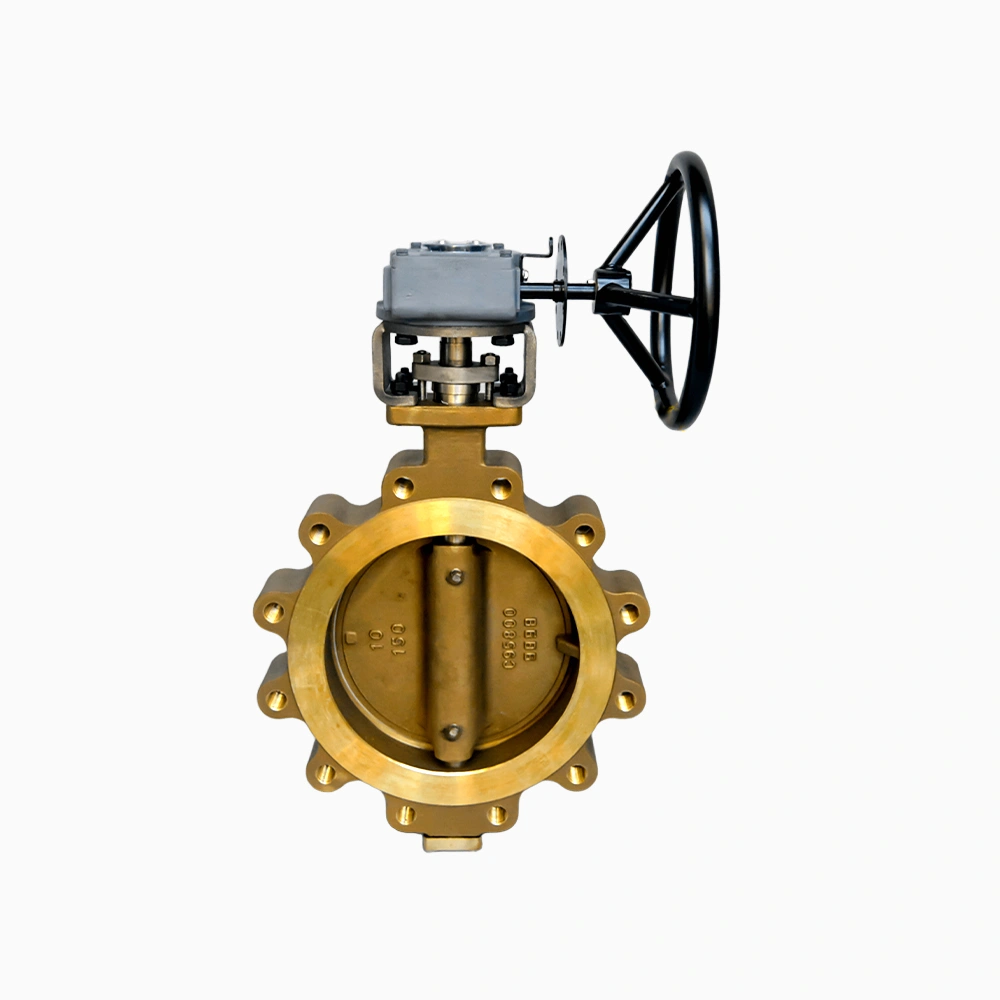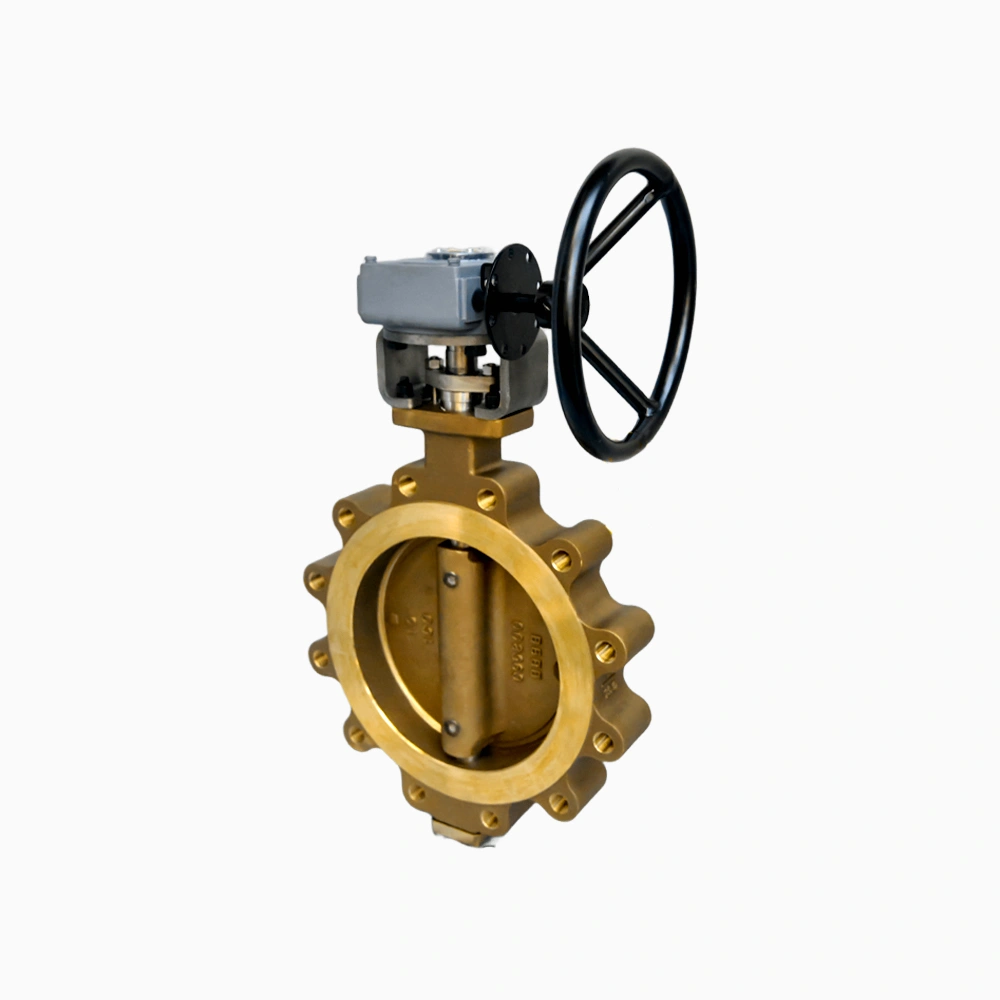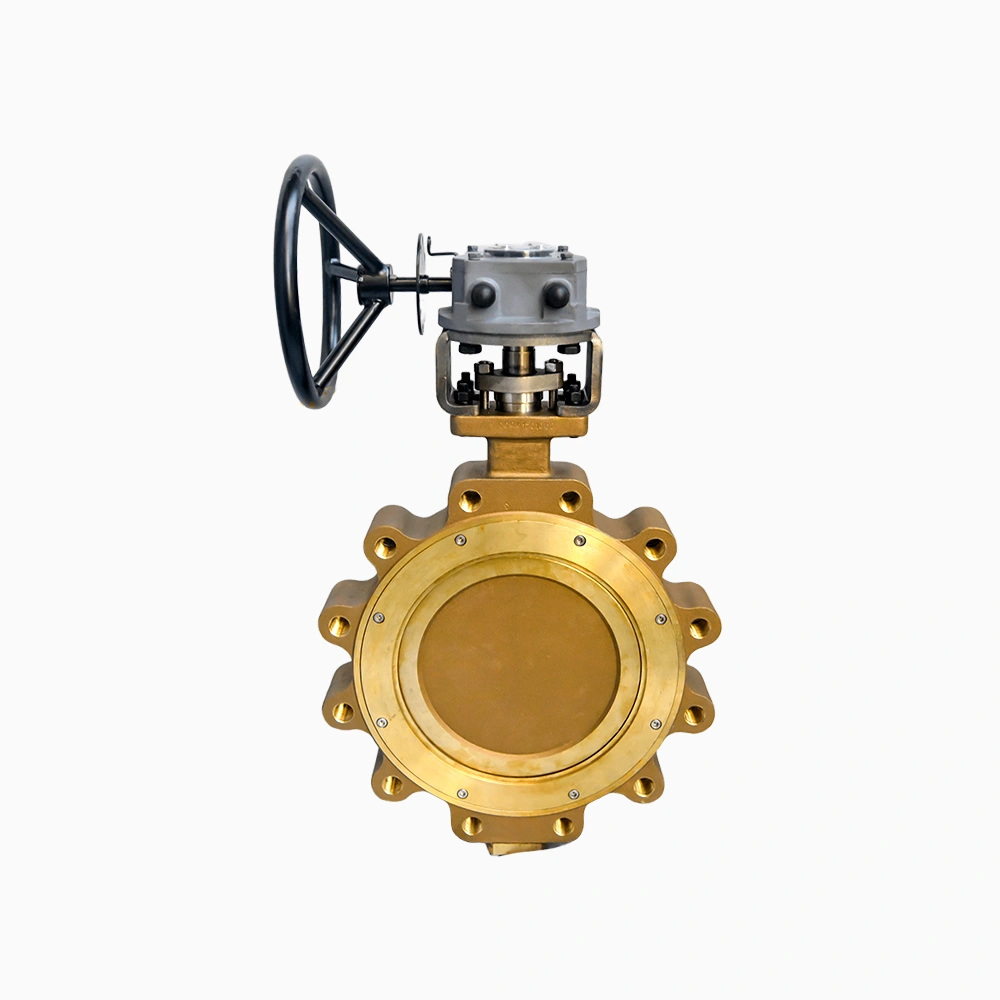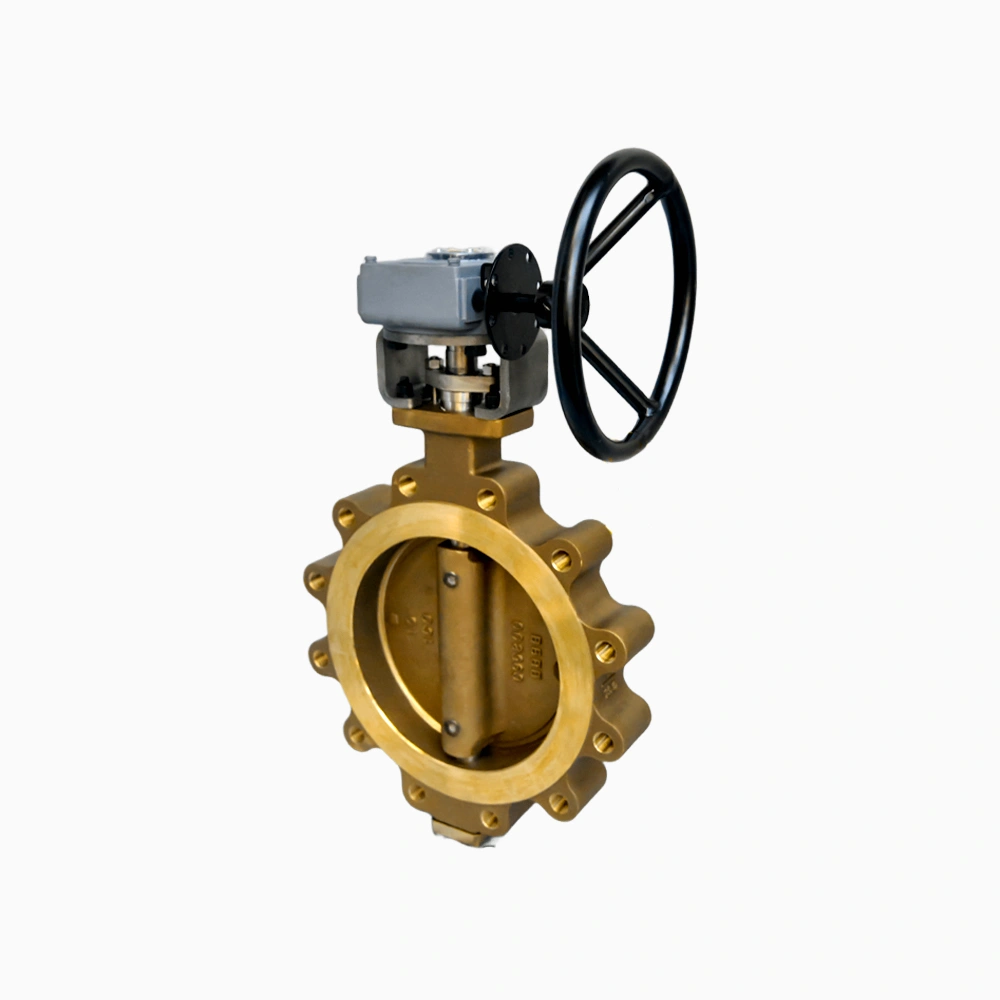- 28”
- Full Bore
- 150LB
- Aluminum Bronze
- API609
- API598
- ASME/ANSI B16.47
- ISO5211
Specification
Aluminum Bronze 28” 150LB Lug End Triple Offset Butterfly Valve
|
Valve Size |
DN50-1600, NPS 2-60 |
|
Pressure Rating |
N1-100, 150LB-600LB |
|
Materials |
WCB, LCB, LC1, CF8, CF8M, CF3, CF3M, 4A, 5A, WC6, WC9, C95800 |
|
Design and Manufacturing Standards |
API 609, EN 593 |
|
Face to Face Standards |
API 609, EN 558, ISO 5752 |
|
Flange Size Standards |
ASME B 16.5, ASME B16.47, EN 1092-1, GOST 54432, JIS 2220 |
|
Stress Test Standards |
API 598, EN 12266-1 |
|
Fire Safety Test Standard |
API 607 |
|
Quality/Product Certifications |
ISO9001, ISO14001, ISO18001 |
|
Unorganized Emissions |
ISO 15848-1, API 622 |
|
National ACE |
NACE MR0175, NACE MR0103 |
|
Valve Operator Options |
hand wheel, worm wheel, electric actuator, pneumatic actuator, hydraulic actuator. |
|
Shutdown Level |
API 598 (Zero leakage) |
|
Aperture |
full aperture |
|
Process Connection Types |
sandwich, flange, lug, welding |
Product Overview
What is lug Triple Offset butterfly valve
The lug triple eccentric butterfly valve is a specially designed butterfly valve that combines a lug connection and a triple eccentric design. Lugs usually refer to structures that have raised parts on the flange connection to help improve the stability and tightness of the connection. The three-eccentric design includes eccentricity in three directions of axis, radius and Angle to reduce operating torque, improve sealing performance and extend valve life.
Lug Triple Offset butterfly valve how to work
The working principle of the lug triple eccentric butterfly valve is based on its unique design. In the closed state, the lug flange ensures that the valve is securely attached to the pipe, creating an effective seal. When the valve needs to be activated, the disc begins to rotate, and the three-eccentric design includes eccentricity in three directions: axial, radius and Angle. This design reduces operating torque and makes opening and closing easier.
As the disc rotates, the valve gradually opens to allow fluid to pass through. In the fully open state, the plate is parallel to the direction of fluid flow, minimizing fluid resistance. When closed, the plate rotates again into place, and the lug flange ensures a reliable seal that prevents fluid leakage.




